Lavender
tracydr
13 years ago
Related Stories
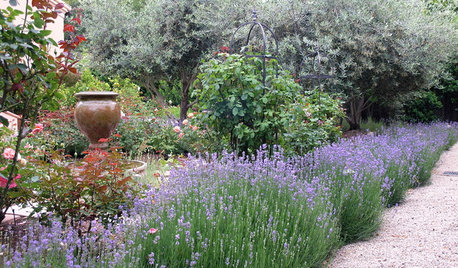
FLOWERSHerb Garden Essentials: Grow Your Own Fragrant Lavender
This do-it-all plant is ideal for almost any garden, and its uses are abundant around the home
Full Story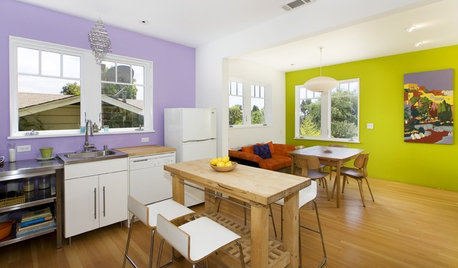
PURPLEColor Guide: How to Work With Lavender
Ever fresh, lavender comes in many flavors for the home: sophisticated neutral, cool accent and, yes, perennial nursery favorite
Full Story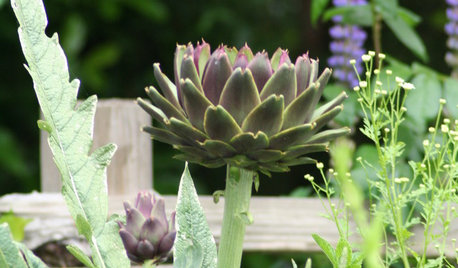
DECORATING GUIDESNature’s Color Wisdom: Lessons on Lavender From the Great Outdoors
Pluck some lavender hues for the home and watch tranquility — and maybe even a little magic — take hold
Full Story
GARDENING GUIDESRegal Lavender Rules Gardens Coast to Coast
Learn how to grow this fragrant, beautiful herb and show off its full beauty in the landscape
Full Story
PRODUCT PICKSGuest Picks: Tiptoe Through the Lavender
Gather these light purple accessories and lavender scents for a home that's as fresh as can be
Full Story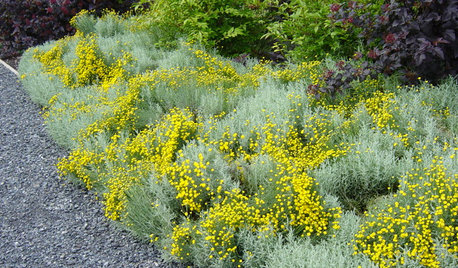
SUMMER GARDENINGGreat Design Plant: Lavender Cotton
Sun-loving santolina can take the summer heat, brightening up any garden style with bursts of yellow blossoms
Full Story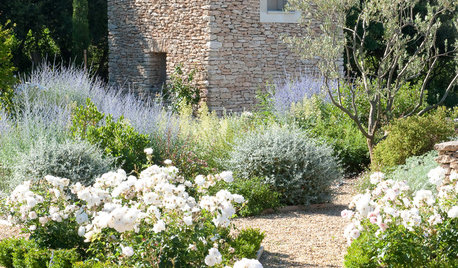
GARDEN STYLESLay of the Landscape: 12 Elements of Provence Garden Style
With their lavender fields, stone walls and meandering pathways, the gardens of Provence brim with charm and beauty
Full Story
DECORATING GUIDESColor Feast: When to Use Purple in the Dining Room
Decadent and different, purples from lavender to plum can make a dining area a treat for the eyes
Full Story
COLORDreaming in Color: 8 Enchanting Purple Bedrooms
Lie down with lavender or wake up to vivid violet for a bedroom that both calms and energizes
Full Story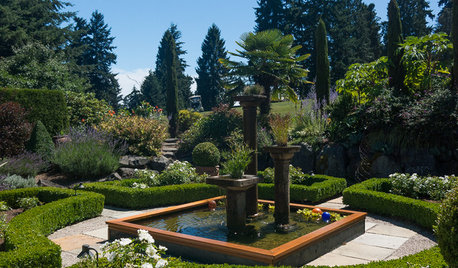
LANDSCAPE DESIGNGet a Mediterranean-Style Garden Even Far From the Sea
Some lavender here, a water feature there, and your garden just might feel transported to a balmy seaside locale
Full Story









sandhill_farms
tracydrOriginal Author
Related Professionals
Ashland Landscape Architects & Landscape Designers · Mountain Brook Landscape Architects & Landscape Designers · Cudahy Landscape Contractors · Fairfield Landscape Contractors · Lakeville Landscape Contractors · Lancaster Landscape Contractors · Stony Brook Landscape Contractors · Weslaco Landscape Contractors · 07920 Landscape Contractors · St. Louis Roofing & Gutters · Discovery Bay Roofing & Gutters · Hacienda Heights Roofing & Gutters · Norwood Roofing & Gutters · Summit Roofing & Gutters · Weston Roofing & Guttersltcollins1949
tracydrOriginal Author
Daisyduckworth
flora_uk
tracydrOriginal Author
Daisyduckworth
pembroke